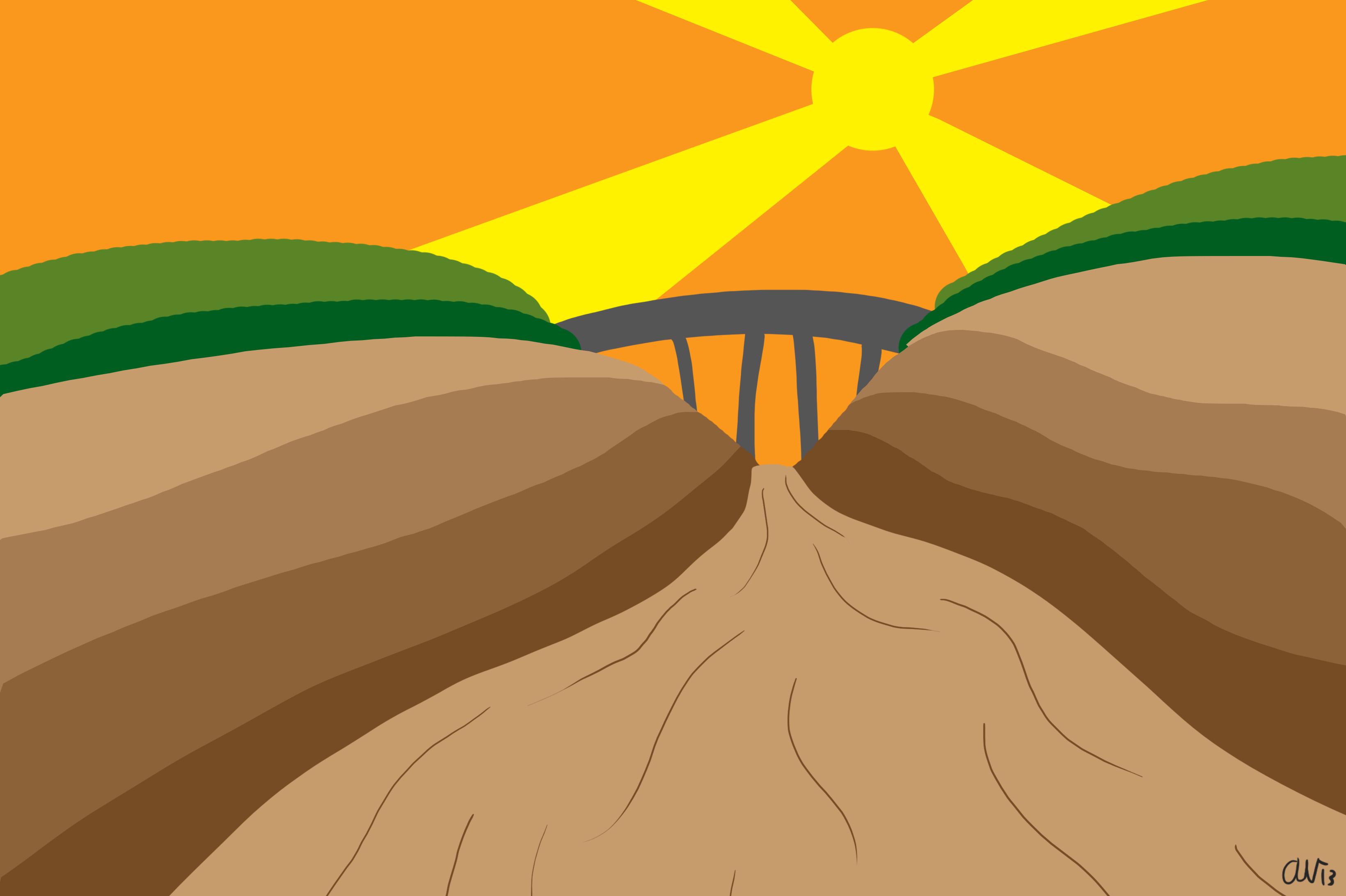How Thirsty Are We?
April 21, 2015
California has one year left of water left.
In a recent airing of Real Time With Bill Maher on HBO, University of California at Irvine Professor and NASA Jet Propulsion Laboratory Senior Water Scientist, Jay Famiglietti spoke about just how dire the water crisis is in the Southwest portion of the United States, especially in California.
Famiglietti explained a basic model of just how exactly water in California works. Simply put, Famiglietti compared the natural water distribution in California to any given person’s bank account.
He put it this way: the rain is the income that comes in weekly, monthly, yearly etc which builds up as snow in the mountains or simply water for the valleys. Our checking account represents the amount of water used daily in California for crops and household needs or in money terms, the money we tend to spend daily, which is a tremendous amount. Your savings account, or reserve, resembles the underground water that we are depleting at a rate higher than ever because we have ran out of income (rain) and have drained our checking and savings accounts and we need a source of water from somewhere.
We don’t seem to be slowing down at any point.
Just as we are in a drought, the extreme usage of water by the nearly 40 million people in California resembles the reckless spending by any given individual that would eventually leave them broke and bankrupt.
There has to be a point where we say enough is enough and begin to take responsibility for our destruction of nature.
We have taken our resources for granted and now we are paying the consequence.
Communities in the Central Valley are already beginning to understand what it means to be out of water and eventually more than half of us will too.
This has been a long time coming and we did not heed the warnings that mother nature has been giving us for the past couple of years and now it has gotten this bad. We need to act and passively hope that the politicians and agriculture industry will come up with an answer. We all live in this state and we all need water to live.
A new era of politics is emerging which is one that we should have, at one point or another, seen coming. What exactly is that new era of politics? Water disputes and water rights.
We are inadvertently waging war on each other over the most precious resource on earth, water.
So what can we do? Some simple advice is as follows:
Firstly, we need to stop watering our lawns. Just get rid of lawns. Remove it, kill it, do whatever you want with your lawn but just stop watering it. Lawns have no practical use at all other than be an aesthetically pleasing site in front of your house. But it is bleeding the state dry. In their book “Re imagining the California Lawn: Water-conserving Plants, Practices and Designs,” Carol
Bornstein, David Fross and Bart O’Brien estimate that 300,000 acres of lawn use up 1.5 million acre-feet of water per year. This water is being wasted on useless turf grass that does not feed us or do anything practical. Even though we’ve known we’re in a drought, I still see green lawns and all I see are people that do not care at all of the dire situation we are in.
The California Drought has affected millions in the Golden State with no end or resolution in sight. This drought has cost the state millions from farmers that have taken a loss close to $1.5 billion dollars and a loss of over 17,000 jobs. A solution that the state can take is storing water underground in giant reservoirs. To regulate how the state would distribute the water, a bill would have to be put in place to fairly and accurately give the water to people who are deserving.
Many farmers around the valley are removing their vineyards and turning to alternatives like almonds that would require less water. Although almond trees require less water, farmers face a risk due to the time it takes for the trees to produce and provide enough to harvest. The almond tree has an average lifespan of 20 to 25 years but it does not produce fruit during the first three to four years after planting. That means someone who plants an almond tree would have to wait nearly five years until they can harvest.
Farmers who decide to keep grape vineyards will be rewarded by the demand of grapes but because of the extra work and labor put into providing care for the crops, farmers may be forced to raise prices for consumers.
Less vineyards will mean less work for many people around the state who rely on working in agriculture. Thousands of Californians will lose jobs and be forced to find work elsewhere and that can be hard for someone who may not have a high school diploma. Many people rely on seasonal work in California to provide for their families, houses and other essential living expenses.
